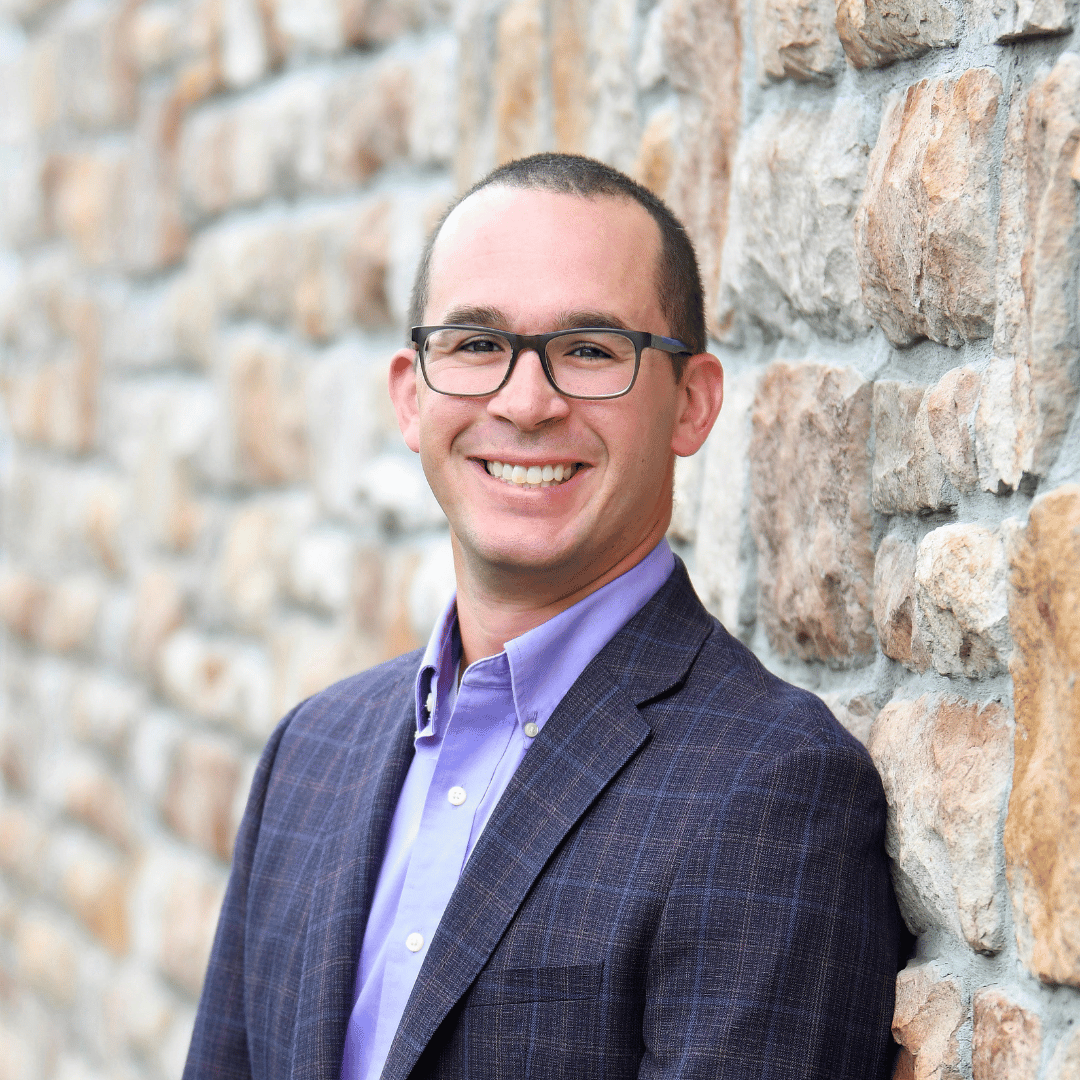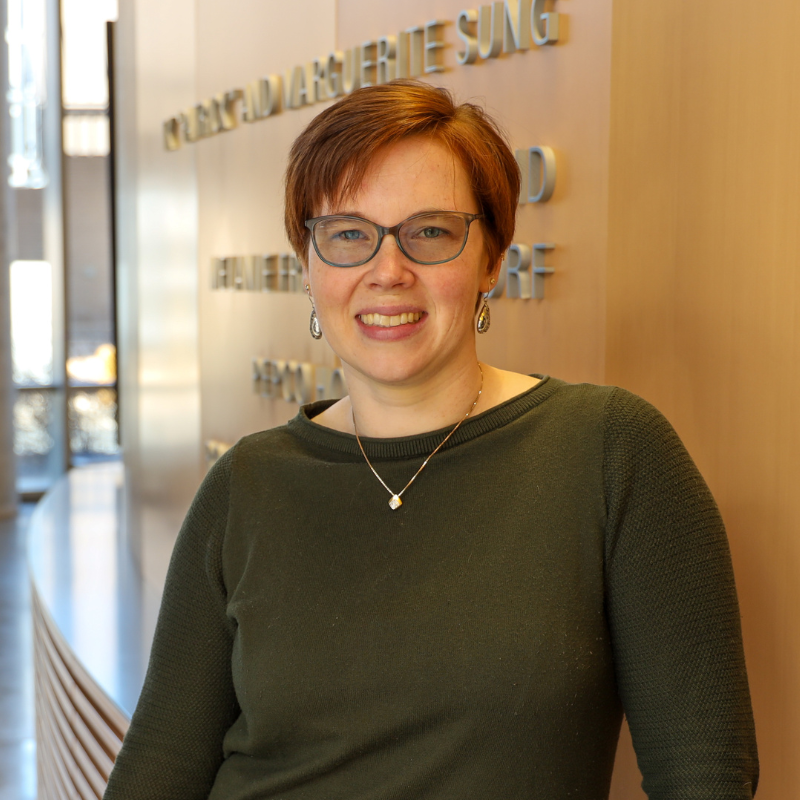News Story
Stroka, Scarcelli Join BioE Faculty
Earlier this spring, the Fischell Department of Bioengineering (BioE) and the A. James Clark School of Engineering welcomed their newest faculty members, Assistant Professor Kimberly M. Stroka and Assistant Professor Giuliano Scarcelli.
Stroka, who specializes in cell engineering, nano/microtechnology and quantitative mechanobiology, received her Ph.D. in Bioengineering from the Fischell Department of Bioengineering in 2011.
Prior to joining the Clark School, Stroka was a postdoctoral fellow in the Department of Chemical and Biomolecular Engineering and the Institute for NanoBioTechnology at Johns Hopkins University.
Her recent work has focused on cancer metastasis, cardiovascular disease and the immune response and, more specifically, how physical properties of the cell’s microenvironment – such as stiffness and dimensionality – affect cellular behavior.
Stroka’s new lab will address questions at the interface of nano/microtechnology and blood-brain barrier mechanobiology; the cell cycle, nuclear mechanics and their role in disease; and stem cell engineering. Additionally, Stroka is interested in developing microfluidic-based “organ-on-a-chip” models for complex biological systems such as the blood-brain barrier, which can then be used to unravel pressing questions such as how tumor cells metastasize to the brain.
“My goal is to develop an innovative research program that combines microfabricated devices, cellular engineering via molecular biology, live cell imaging and quantitative analysis in order to create relevant in vitro models of multi-scale biological systems,” Stroka said. “Subsequently, my goal is to understand the mechanobiology of the interactions between cells and their microenvironment in the context of cancer and cardiovascular disease.”
By taking a highly interdisciplinary approach, her lab will be able to develop regenerative and/or drug-based therapies for diseases, she noted.
“I am extremely excited to join the Fischell Department of Bioengineering,” she said. “I completed my Ph.D. in the Fischell Department of Bioengineering, so I know firsthand how excellent the environment is. The energy and vibrancy of the department drew me in as a graduate student, and that same energy and vibrancy have drawn me to become part of the faculty.”
Scarcelli, who specializes in biophotonics with strong emphasis on optical sciences and technology development, received his Ph.D. in Applied Physics from the University of Maryland, Baltimore County (UMBC) in 2006.
Prior to joining UMD and the Clark School, he served as an instructor with the Harvard Medical School and Wellman Center for Photomedicine at Massachusetts General Hospital in Boston. At Wellman, Scarcelli worked on developing a new optical technology that enables the measurement of the stiffness of material without touching it; rather, it is an imaging technology that simply requires shining a light on the material to map its stiffness. Scarcelli’s demonstration of the feasibility and potential of this technology earned him the Tosteson Postdoctoral Fellowship Award, a NIH K25 Career Development Award and a Young Investigator Award from the Human Frontier Science Program.
“In the past few years, I am proud to say that we have brought this new technology from first principles all the way to clinical trials,” Scarcelli said. “In particular, our new imaging technology [at Wellman] has had an impact in ophthalmology, where the biomechanical properties of the cornea and crystalline lens had been long sought-after but never measured noninvasively.”
Scarcelli is the inventor in four patents, all licensed to industry, and he has published approximately 30 publications with more than 1,000 citations.
Born and raised in Italy, Scarcelli completed his undergraduate in physics from the University of Bari Aldo Moro before receiving a European Union international graduate student fellowship to pursue his Ph.D. at UMBC.
“Having lived in the [College Park] area before, I knew from personal experience and personal interactions how strong the Clark School of Engineering is,” he said. “I immediately realized I wanted to join the Fischell Department of Bioengineering because it is a great environment, with top-level research in all the fields that are complementary to mine. There is strong potential of synergistic research, and I think my research program will highly benefit from this environment.”
Published April 29, 2014





